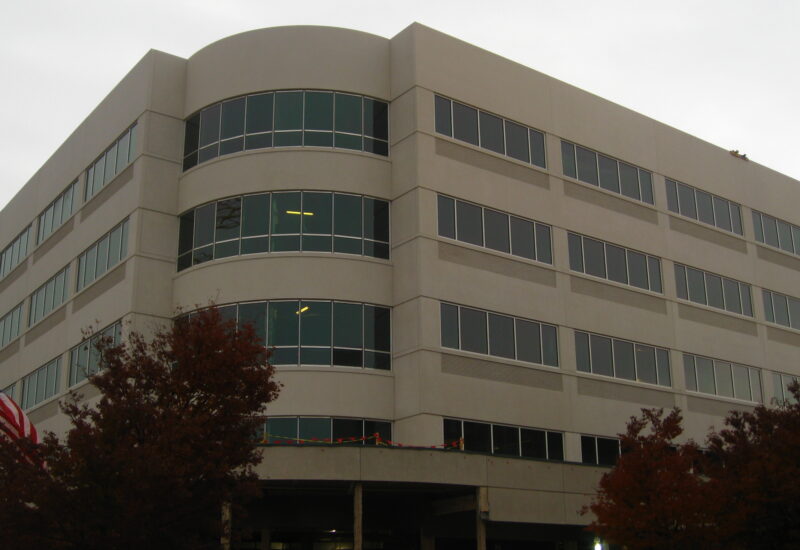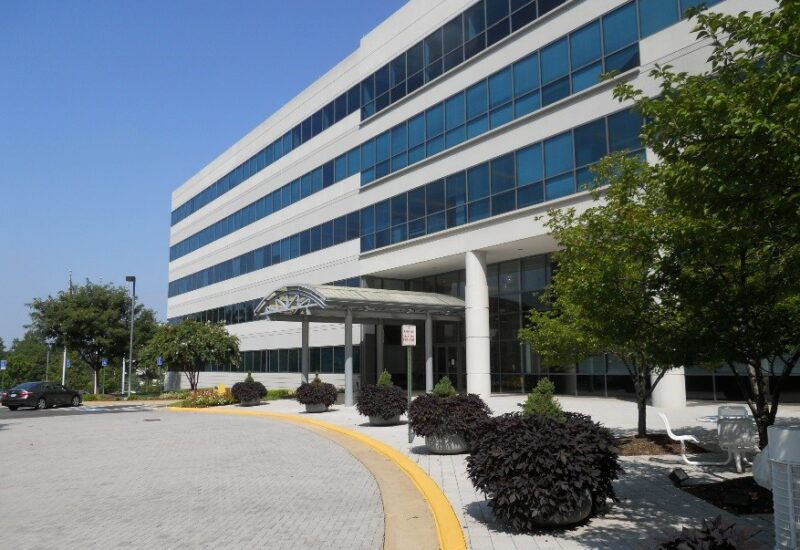The Chesapeake Bay Foundation’s Brock Environmental Center embraces the International Living Future Institute’s Living Building Challenge standard as a net-zero water, waste, and energy building. It is also the first commercial building in the continental US permitted to capture and treat rainfall for use as drinking water.
The project team’s goal of a net-zero building was achieved by lowering the energy usage and covering the remaining demand by wind turbines and PV. The building has an annual energy use of 190,000 kBtu and an energy use intensity (EUI) of 20 kBtu/ft². The energy demand throughout the year is covered by two 10 kW wind turbines and a PV array.
Energy modeling by Baumann provided critical feedback at every stage of design development, resulting in:
- Precise evaluation of building enclosure and natural lighting interactions
- Quantification of natural ventilation benefits
- Feedback on mechanical equipment
- 37% energy use decrease from design to construction documents
- 106% site energy reduction compared to ASHRAE 90.1-2007
- Baumann evaluated various energy efficiency measures that contributed to achieving the goal of net-zero energy, such as:
- Efficient envelope
- Dedicated outdoor air system with a heat exchanger and variable refrigerant flow units, cooled using a ground loop
- Demand control and natural ventilation
- Daylight sensors




